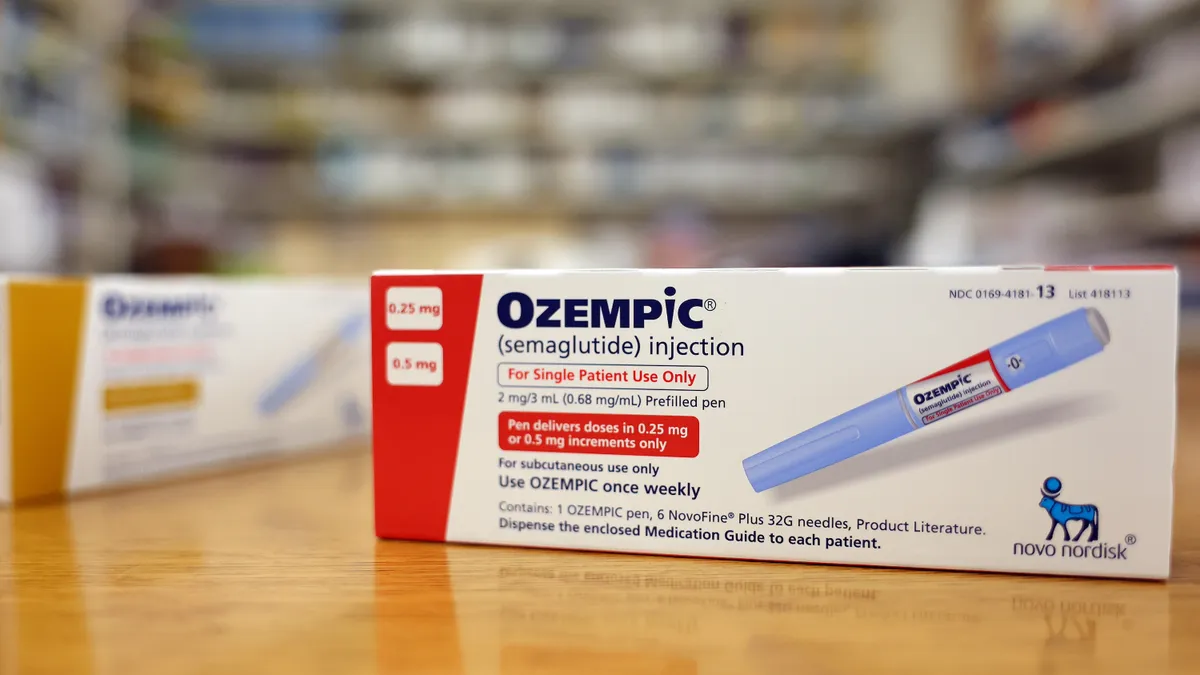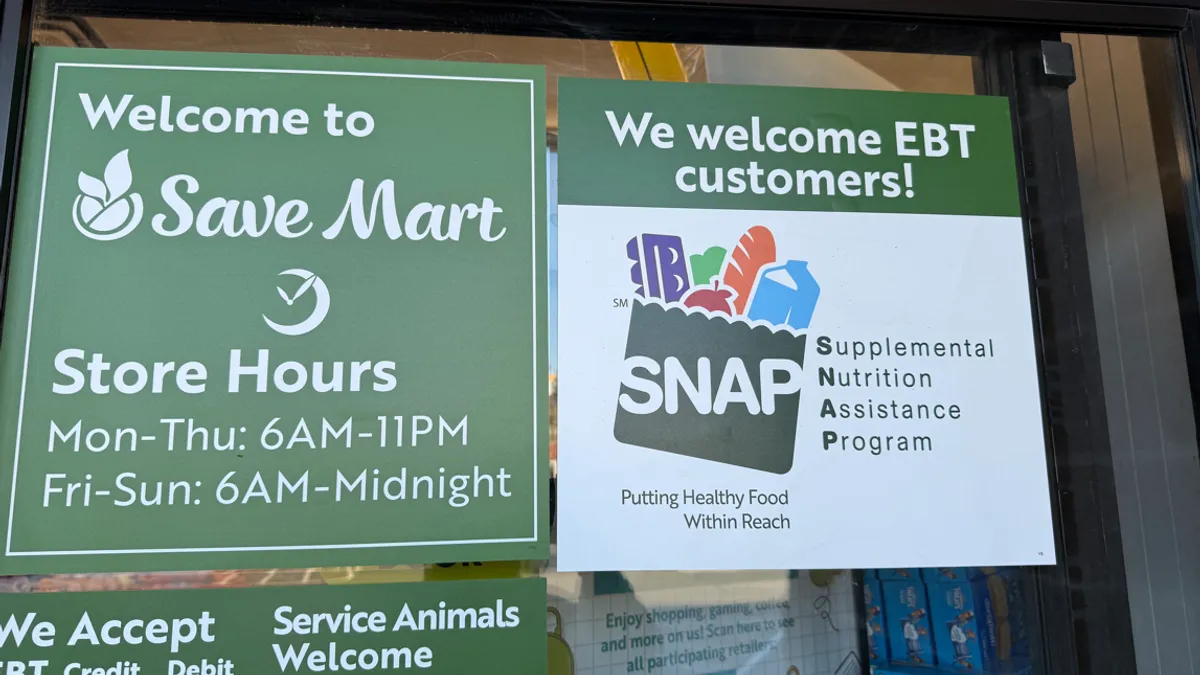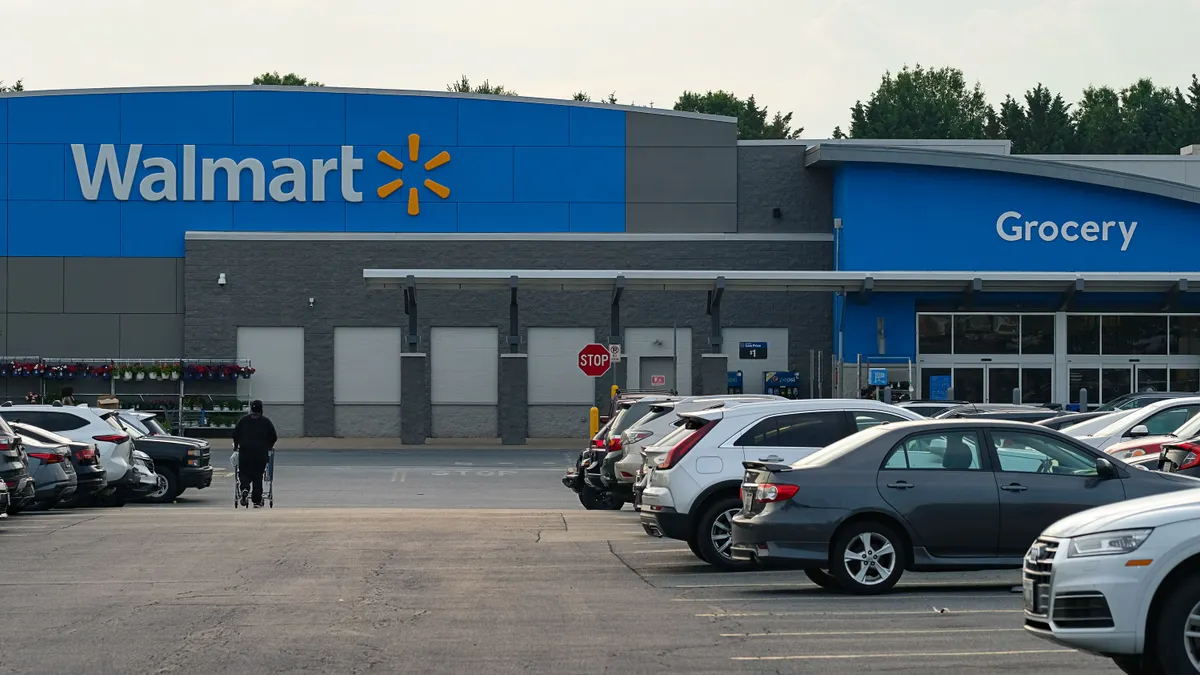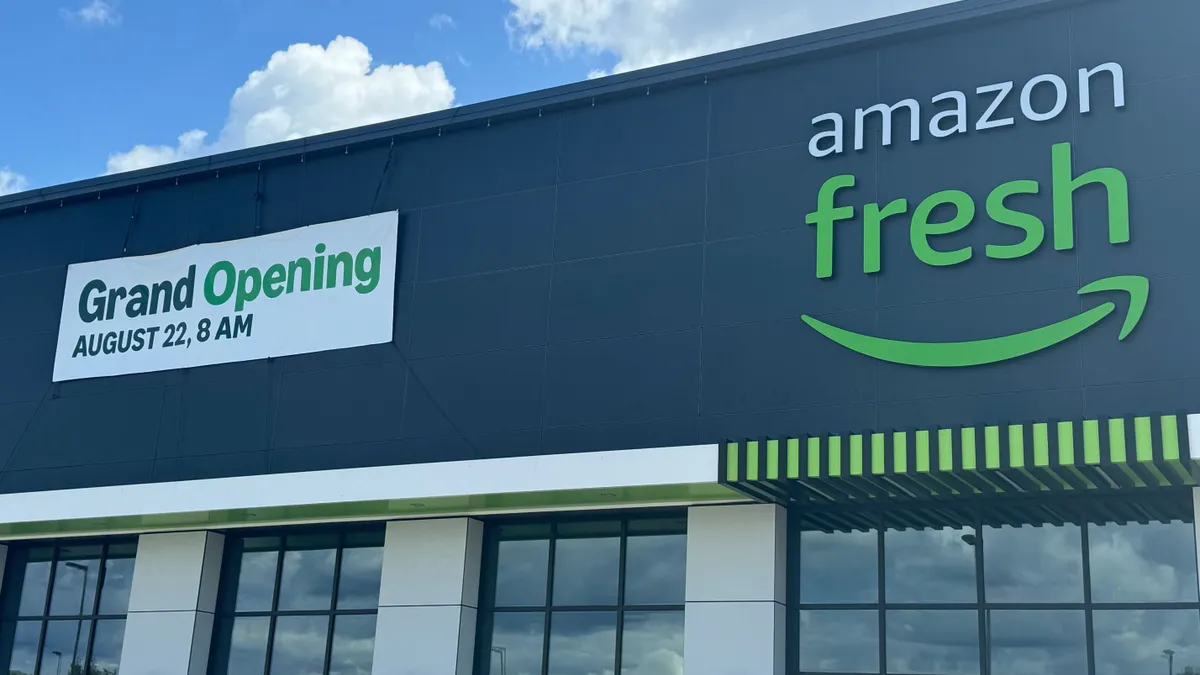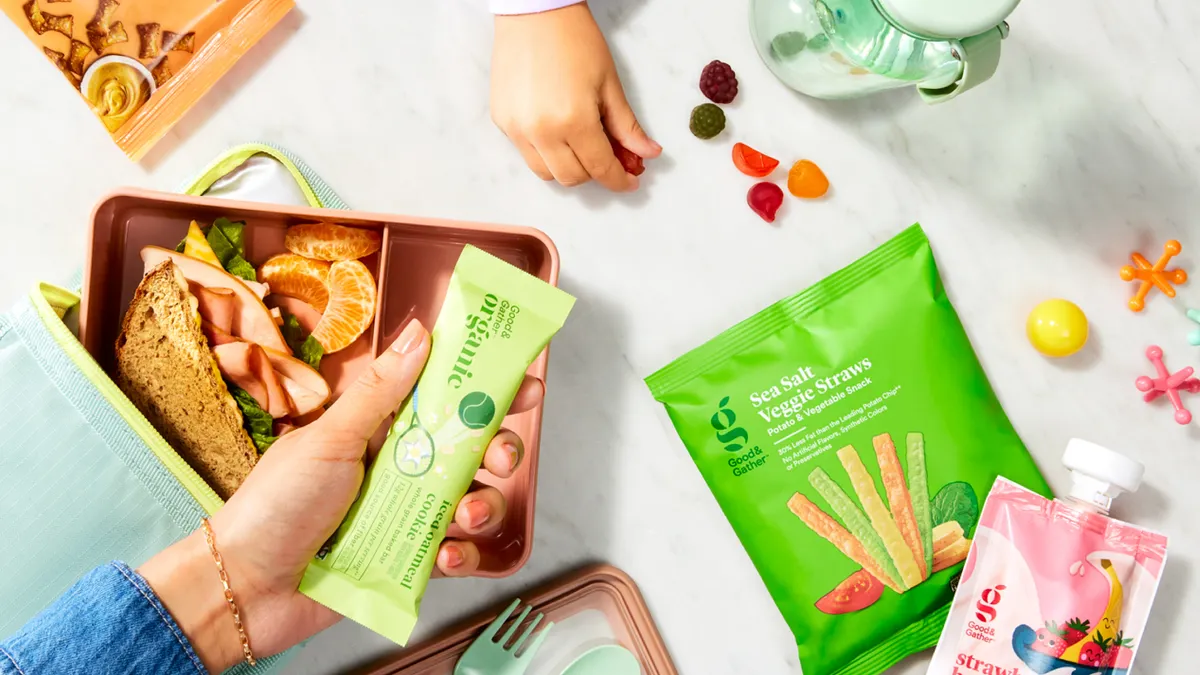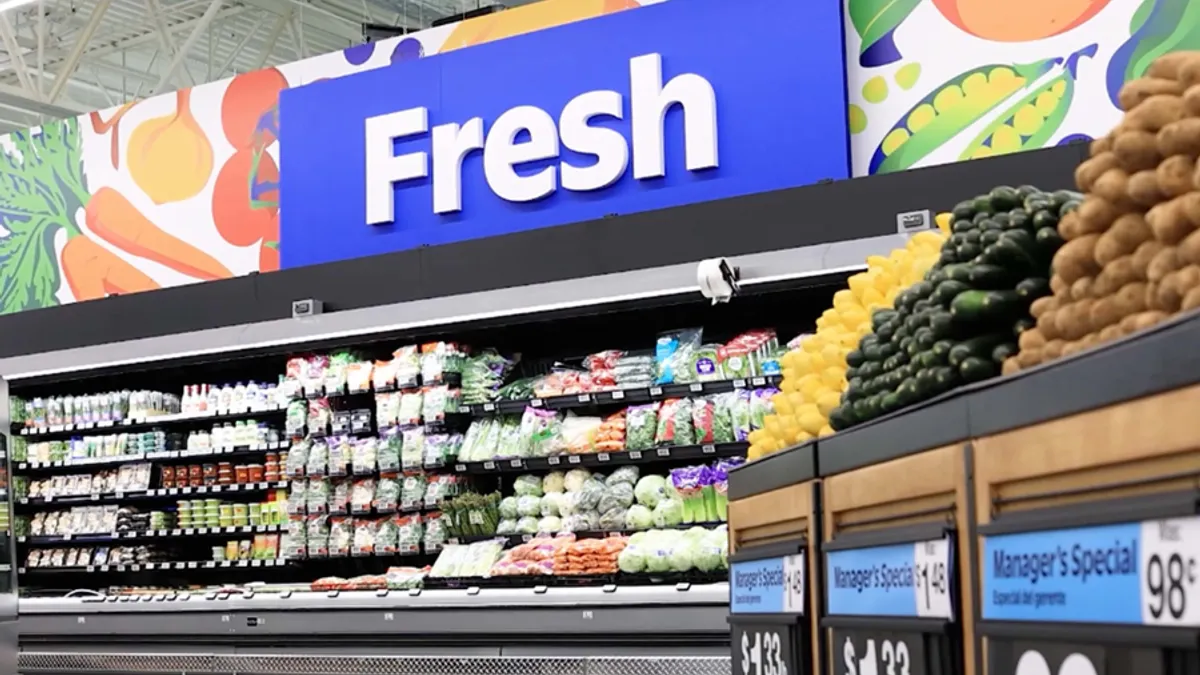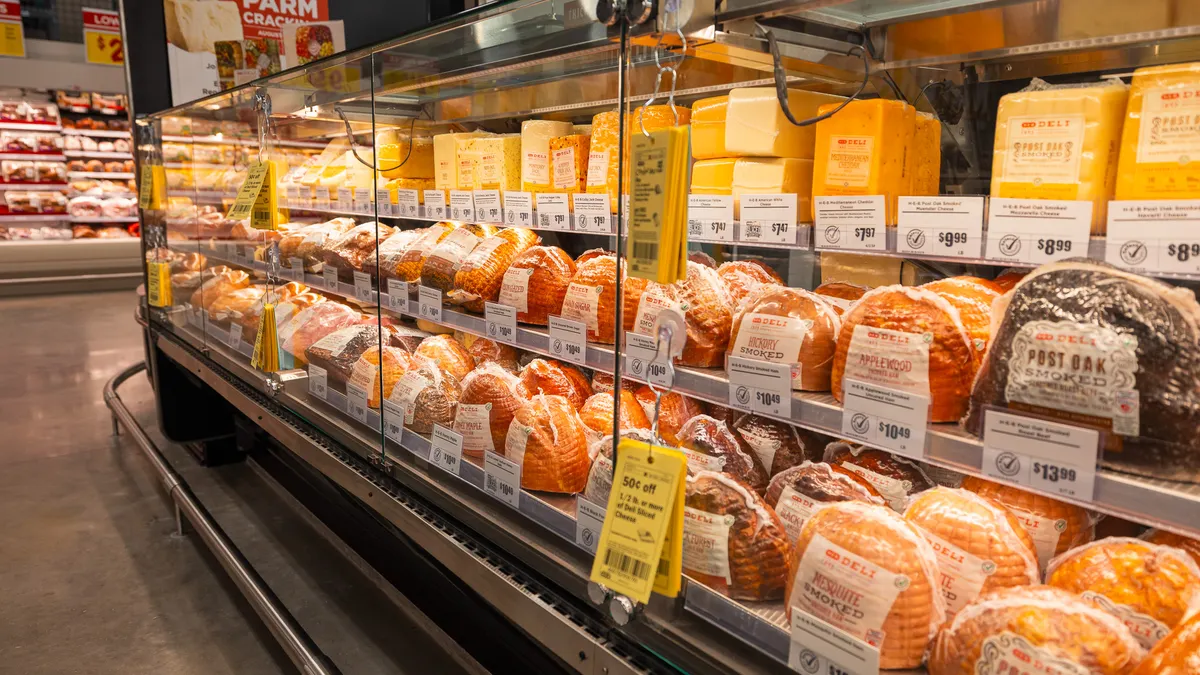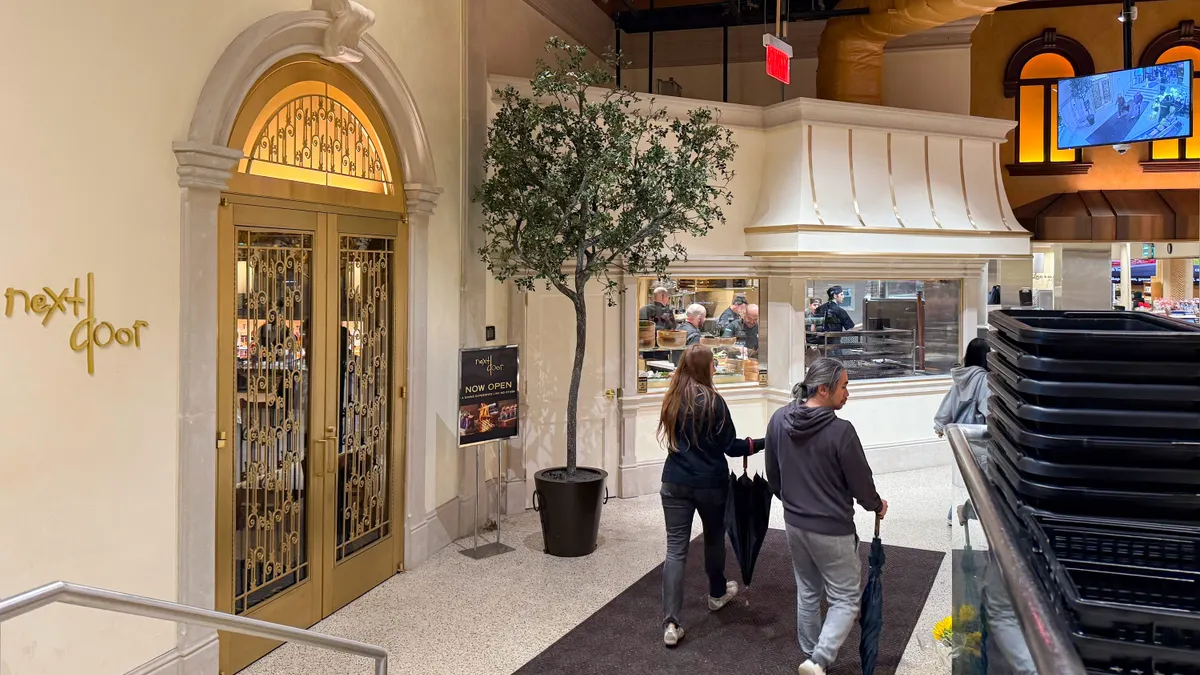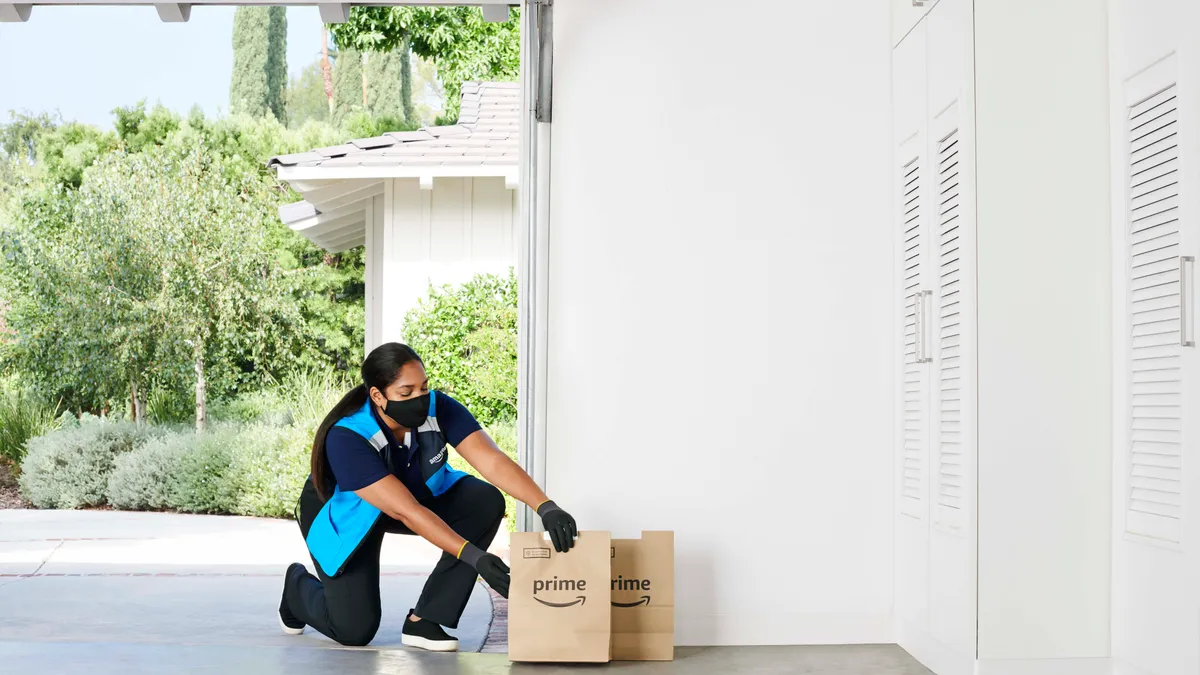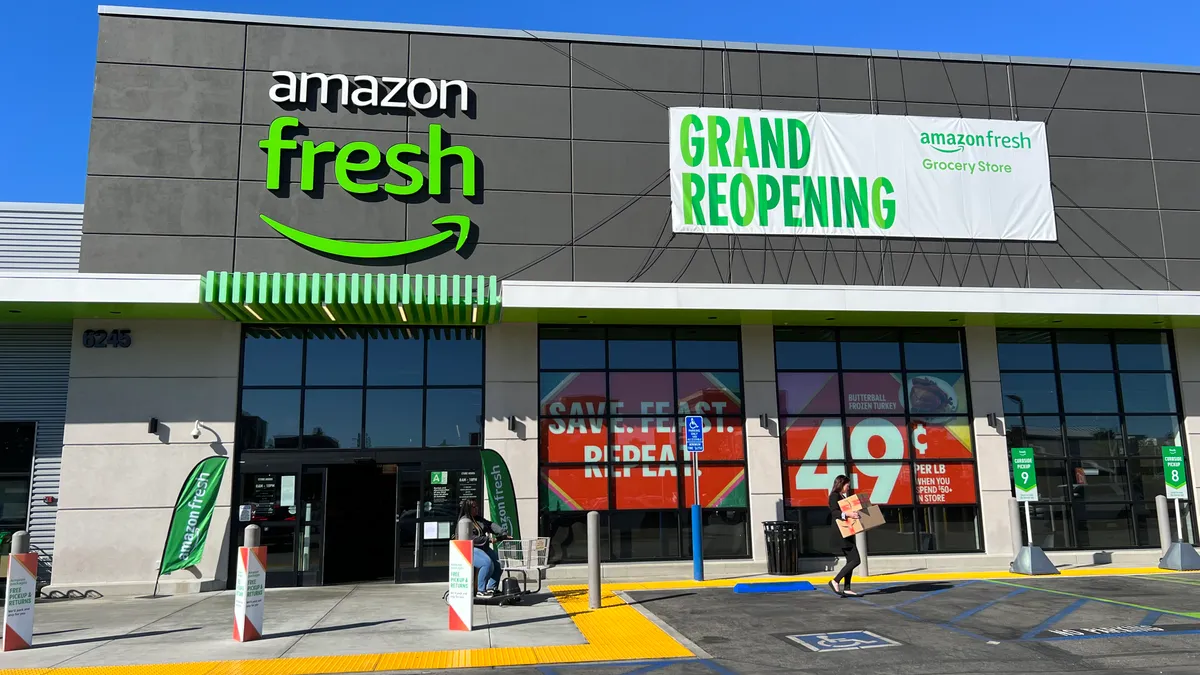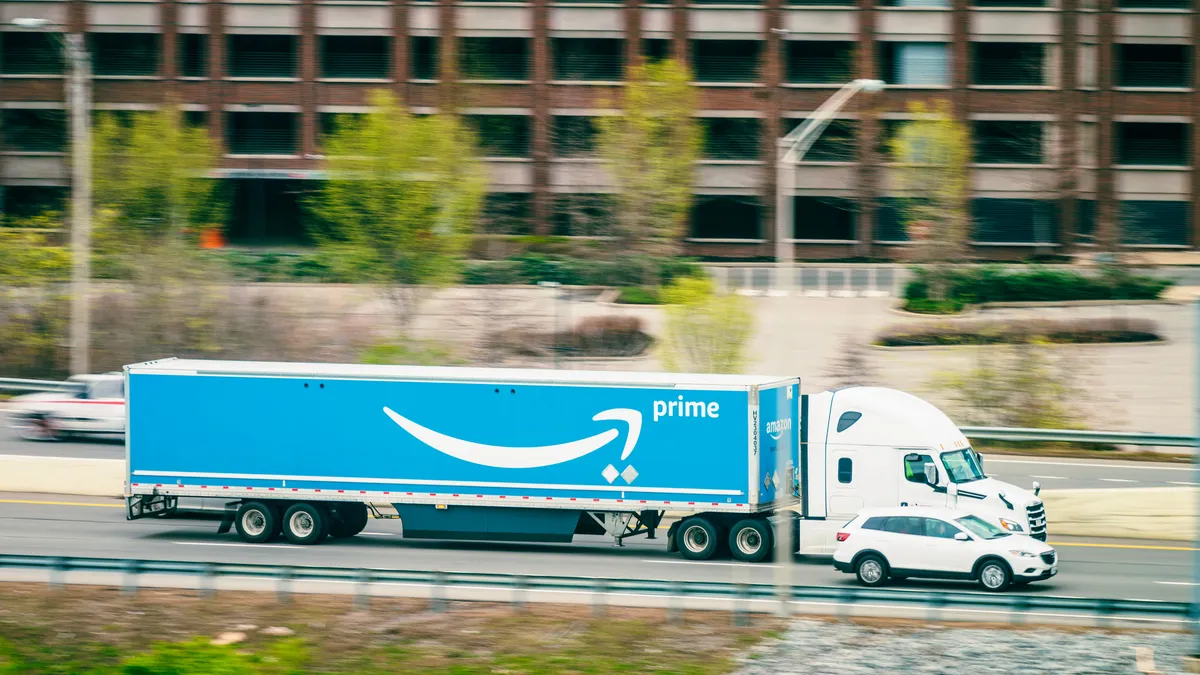Pardon the Disruption is a column that looks at the forces shaping food retail.
From the Atkins Diet to a focus on anything with protein, grocers have lived through plenty of health crazes. But the rise of GLP-1 medications promises to be something different.
That’s because instead of spurring people to buy one type of product in place of another — a low-sodium soup in place of a traditional one, for instance — drugs like Ozempic and Wegovy are curbing consumption altogether.
The drugs, which mimic a hormone in the body that slows down digestion and gives users a feeling of fullness, are particularly effective at reducing cravings for sweets, snacks and beverages that can be bad for peoples’ waistlines but are good for grocers’ bottom lines. Financial services firm Morgan Stanley surveyed 300 people taking GLP-1s and found that they consumed 20% to 30% fewer calories each day. Around two-thirds of them said they had cut their intake of sugary beverages, while 62% said they were drinking less alcohol.
Morgan Stanley estimates that 24 million Americans — roughly 7% of the population — will use GLP-1s by 2035. Meanwhile, a study released late last month by Cornell University and Numerator found that households with at least one user of GLP-1 drugs cut their grocery spending by around 6% within six months of taking the medication.
For grocers, this means a large and growing number of consumers are building smaller baskets.
The food industry has taken notice. Major food manufacturers are beginning to roll out meals and label claims targeting GLP-1 users, while grocers are closely monitoring developments. Walmart CEO Doug McMillon said during the company’s latest earnings call in mid-November that the company is feeling “some margin pressure” from the growth of GLP-1 drugs, though he didn’t go into specifics.
This wait-and-see approach from retailers is certainly understandable since it’s still early days for these drugs and their long-term impact on the market and on people’s bodies is not yet clear. But as they monitor developments, retailers should consider the parts of their business that could be most impacted by the widespread use of GLP-1 drugs, and how they might respond.
Here are four questions they should consider.
How can grocers leverage their fresh departments?
The good news for grocers is that they’ve invested a lot of money in the parts of the store that are most important to GLP-1 users.
From revamped produce departments to splashy new foodservice stations, fresh departments have been the focus of grocery store remodels in recent years. Dollar stores are adding fresh produce to hundreds of stores, while small operators like Ken’s Market in Seattle are refreshing the design and assortment of their produce sections.
This trend dovetails nicely with evidence that shows GLP-1 users crave fresh produce, lean cuts of meat and other healthy fare. That means many shoppers won’t have to switch grocers when they start taking the medications — they can just shift their spending to other departments.
Grocers should consider ways they could make these perimeter departments even more enticing to consumers seeking wholesome foods and portion-controlled meals. That could include recipe support and enhanced sampling of produce. It could also mean offering new grab-and-go meals that are smaller than traditional options and contain more protein and fiber.
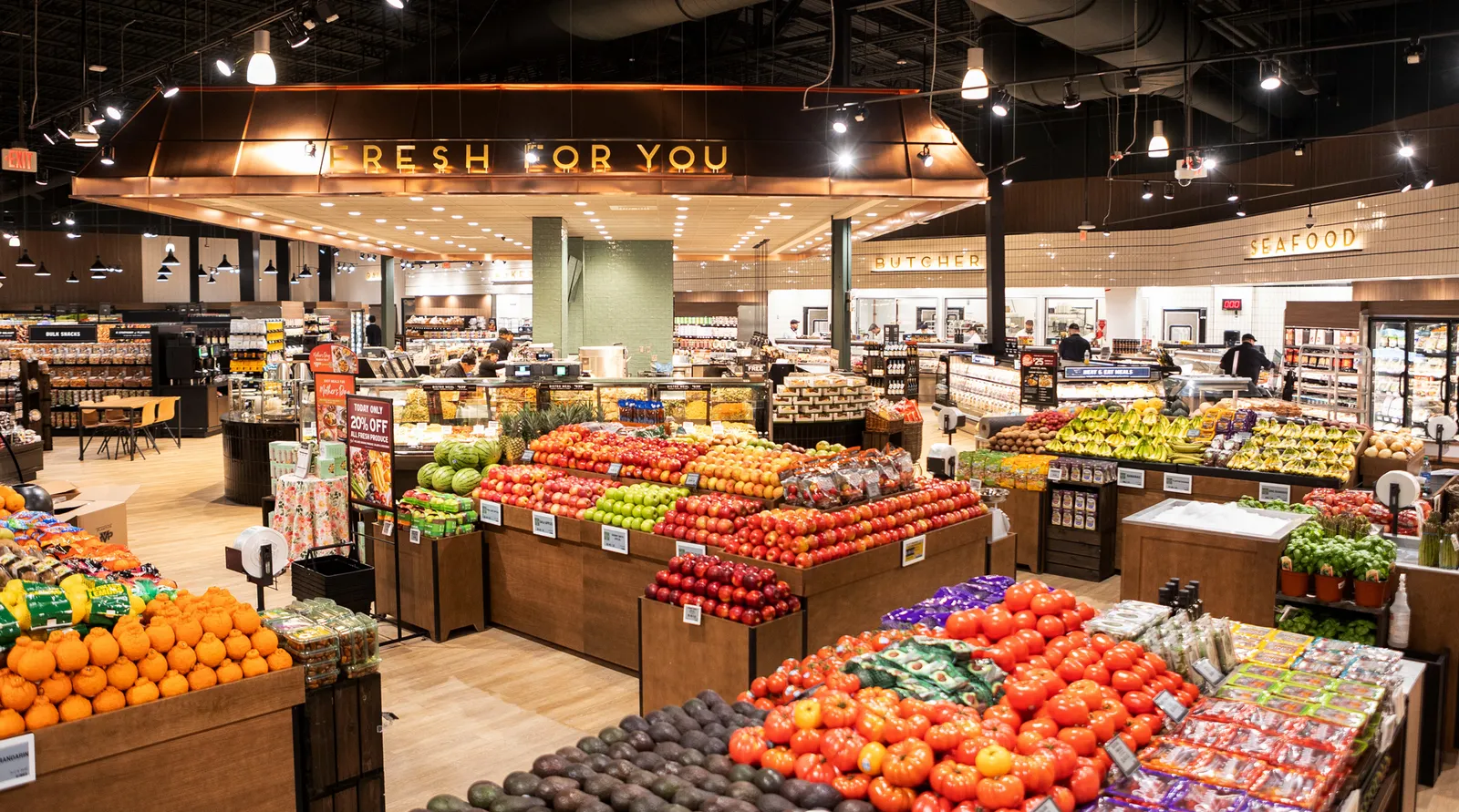
Will center store need to change?
A recent New York Times feature details a GLP-1 patient’s journey that every grocer should pay attention to.
Trinian Taylor, the shopper detailed in the piece, transformed in a matter of months from someone who had a “sugar addiction” and regularly snacked on cereal to one who couldn’t stomach sweets and gained a craving for Swiss chard and kale.
This is not an isolated incident. From the story:
Patients on GLP-1 drugs have reported losing interest in ultraprocessed foods, products that are made with ingredients you wouldn’t find in an ordinary kitchen: colorings, bleaching agents, artificial sweeteners and modified starches. Some users realize that many packaged snacks they once loved now taste repugnant.
Staple products in the center store could take a hit in the years to come. Morgan Stanley estimates that consumption of carbonated soft drinks, baked goods and salty snacks could decline 3% by 2035. The study from Cornell and Numerator found that households with GLP-1 users spent 11% less on savory snacks.
Grocers will need to closely follow demand patterns. Popular brands like Oreo have launched numerous flavor varieties over the years, and categories like snacks and alcohol have become profit generators for retailers. But a bit of portion control may be in order for retailers if GLP-1 users continue to turn away from these products.
How will suppliers step up?
Manufacturers are responding to the GLP-1 trend by releasing meals, beverages and marketing claims targeting users of the popular drugs.
Late last year, Nestlé came out with a line of portion-controlled, protein- and fiber-rich frozen meals called Vital Pursuit targeted for GLP-1 users. Nestlé also recently rolled out a “hunger support” pre-meal drink that boosts the body’s production of GLP-1, while Conagra now has a label that identifies around two dozen Healthy Choice meals that are “GLP-1 friendly.”
Will these suppliers be able to engineer meals and beverages that appeal to GLP-1 users’ changing palates? That’s impossible to know at this point. But rest assured that manufacturers will continue testing and innovating, and grocers will monitor their progress carefully. If GLP-1 targeted products prove to be a hit, look for retailers to develop their own private label offshoots.
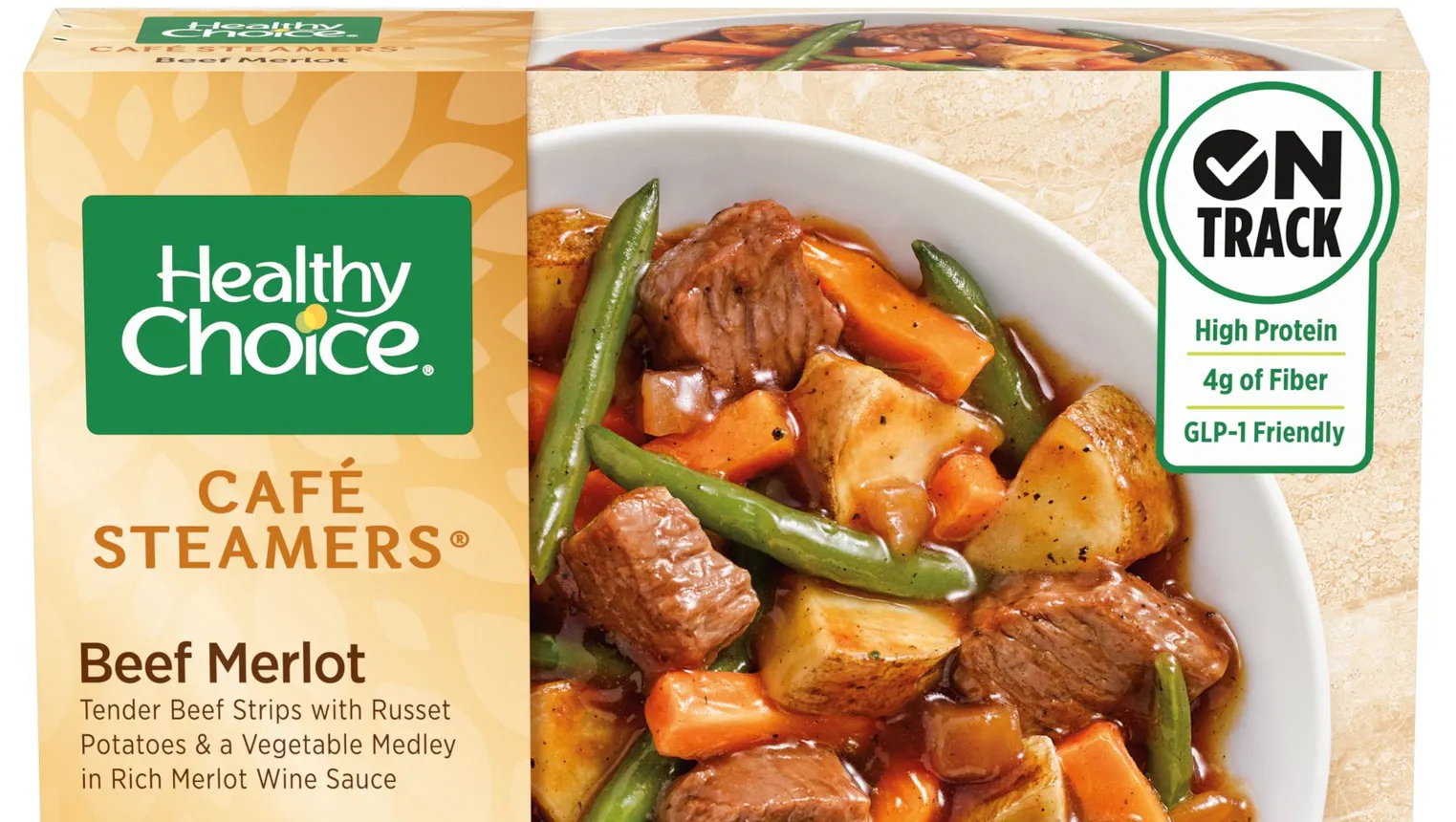
What role will the pharmacy and other health services play?
A lot of grocers have exited the pharmacy business in recent years. But those that are still in the game are able to tap into skyrocketing demand for GLP-1 drugs. And with that comes an opportunity to develop a holistic wellness approach that also ties in the food they sell.
Grocers haven’t done a very good job over the years of tying together their pharmacy and grocery operations, despite the growing focus on the role peoples’ diets play in preventing and treating various health conditions. GLP-1s could offer a prime opportunity to forge a stronger connection. Consumers who take these drugs experience a dramatic change in how and what they eat, and grocers could provide guidance through their pharmacists, dietitians and other educational resources.
Why not look into developing a multi-part program for GLP-1 users? This could include prescriptions, nutrition counseling, classes and a product labeling program that helps guide and support GLP-1 consumers.
Yes, GLP-1 drugs mean people are buying and eating less food. But grocers also need to keep in mind that they oftentimes have everything these consumers need under one roof.



